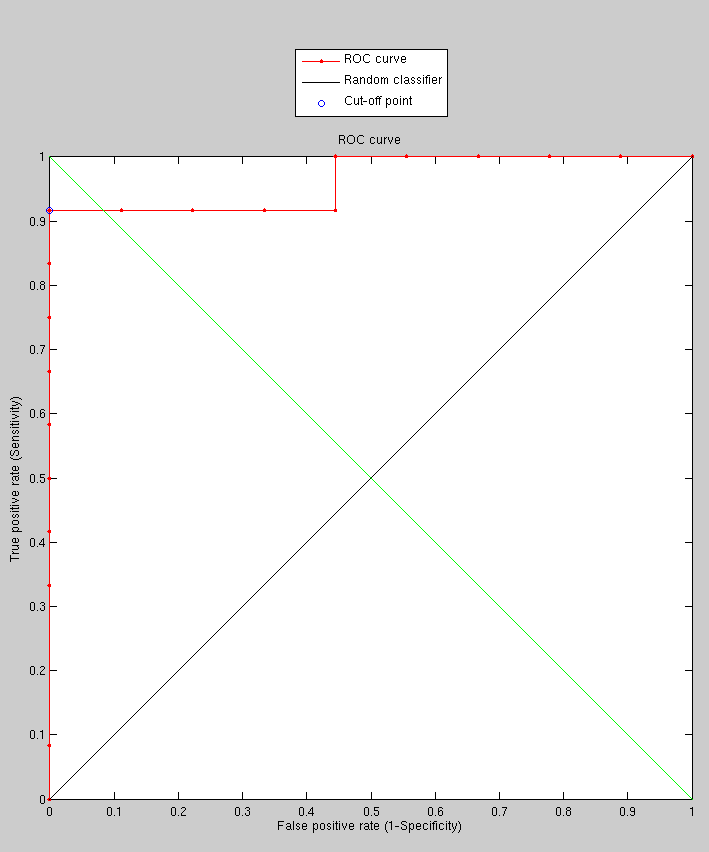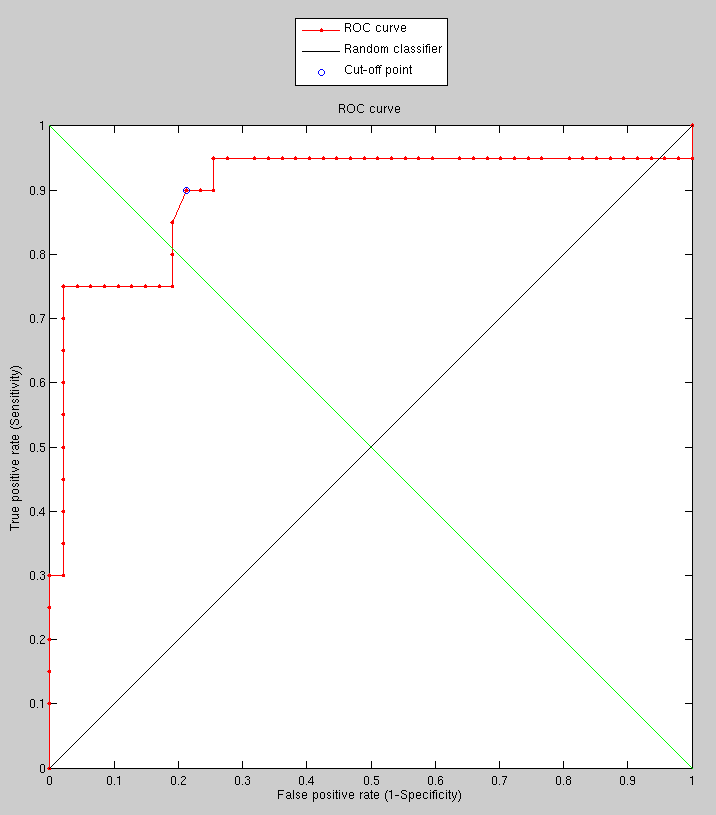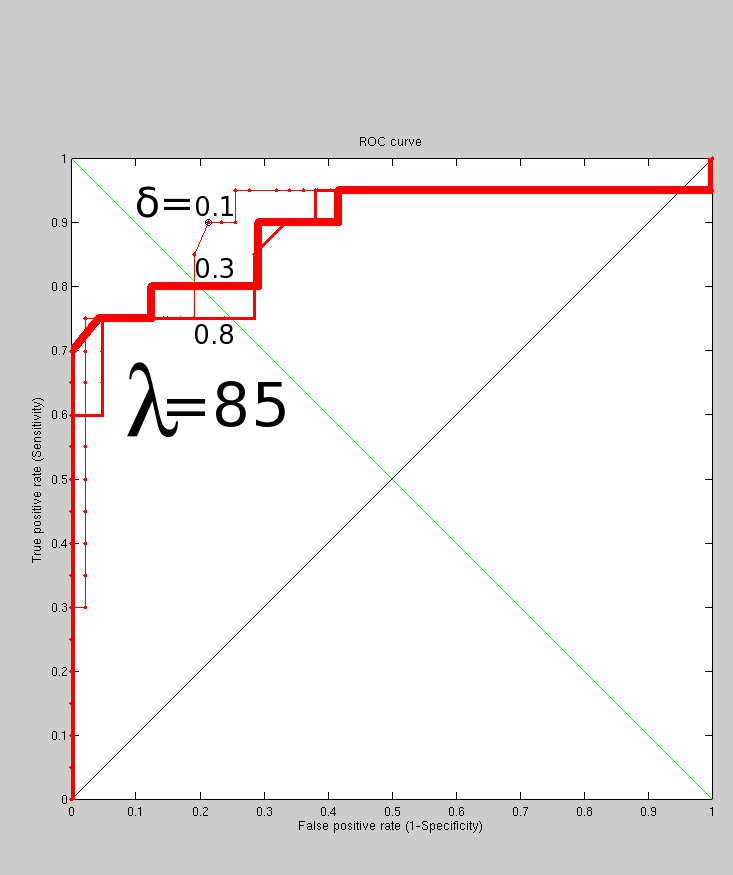 PDF version of this entire document
PDF version of this entire document
In order to stride forward, another improvement is being explored.
Currently, results where similarity is derived from the determinant
of the eigenvalues of the covariance matrix seem promising (Figure
![[*]](/IMG/latex/crossref.png) ). But the experiment was probably too
small. It shows training on 170 images with just 22 images being targets.
As before, the sets are generally hard and they are picked with expression
variation.
). But the experiment was probably too
small. It shows training on 170 images with just 22 images being targets.
As before, the sets are generally hard and they are picked with expression
variation.

|
Having spent many hours exploring other objective functions (or similarity
measures with rigid transformation), the one which tended to work
better was applied to a somewhat larger set and with the exception
of few images that need to be looked at carefully, recognition in
hard cases is basically improved, even with a coarse model. This one
experiment samples 8 points apart and uses no smoothing. The next
logical step would be to look at the cause for incorrect matching
and also test to see the effect of rotation, translation, smoothing,
etc. Literature on the subject also suggests how Lambda might be tweaked
to account differently for eigenvalues. Results from the experiment
are shown in Figure ![[*]](/IMG/latex/crossref.png) .
.

|
Putting the simple experiment in perspective, Figure ![[*]](/IMG/latex/crossref.png) shows what happens when
shows what happens when ![]() is varied in the sense that it is
increased. As expected, this weakens the measure because it reduces
the impact of zeroes but also weakens the signal. To succinctly explains
the point of this measure, it is inspired by Kotcheff's work in the
late nineties. It is quite simple to implement and it relies on an
implicit similarity measure, which is an approximation of the quality
of a model. This model is an aggregate model of known face residuals
and a newly-introduced one (the probe). A correct match is one that
results in high similarity -and builds a good model, characterised
by concision. This observation was exploited to create a similarity
measure that is data-agnostic and generalisable.
is varied in the sense that it is
increased. As expected, this weakens the measure because it reduces
the impact of zeroes but also weakens the signal. To succinctly explains
the point of this measure, it is inspired by Kotcheff's work in the
late nineties. It is quite simple to implement and it relies on an
implicit similarity measure, which is an approximation of the quality
of a model. This model is an aggregate model of known face residuals
and a newly-introduced one (the probe). A correct match is one that
results in high similarity -and builds a good model, characterised
by concision. This observation was exploited to create a similarity
measure that is data-agnostic and generalisable.
Similarity is computed indirectly in this case. The algorithm does
so by calculating the model, namely by looking at the covariance matrix
of that model. To efficiently evaluate model complexity,
 is obtained where
is obtained where
![]() are the
are the ![]() eigenvalues of the
covariance matrix whose magnitudes are the greatest and
eigenvalues of the
covariance matrix whose magnitudes are the greatest and ![]() is a small constant (around 0.1) which adds weight to each eigenvalue.
This approximates
is a small constant (around 0.1) which adds weight to each eigenvalue.
This approximates
In order to test performance for much smaller values of ![]() there is a need to limit how many of
there is a need to limit how many of
![]() to remove
(those of least magnitude). This will be the next step. Later on,
large sets can build better model with data which is easier to deal
with and yields better results.
to remove
(those of least magnitude). This will be the next step. Later on,
large sets can build better model with data which is easier to deal
with and yields better results.

|
Roy Schestowitz 2012-01-08